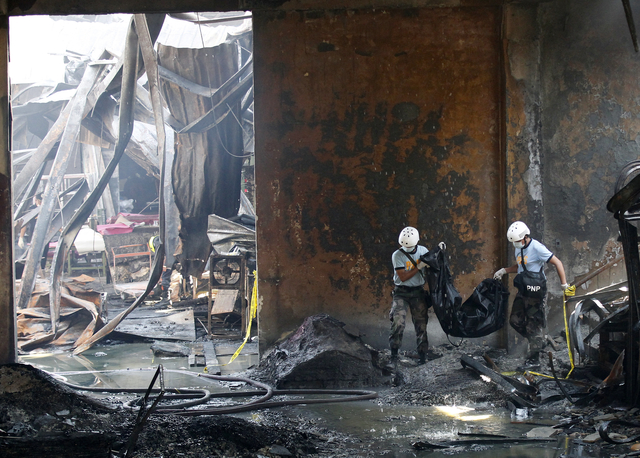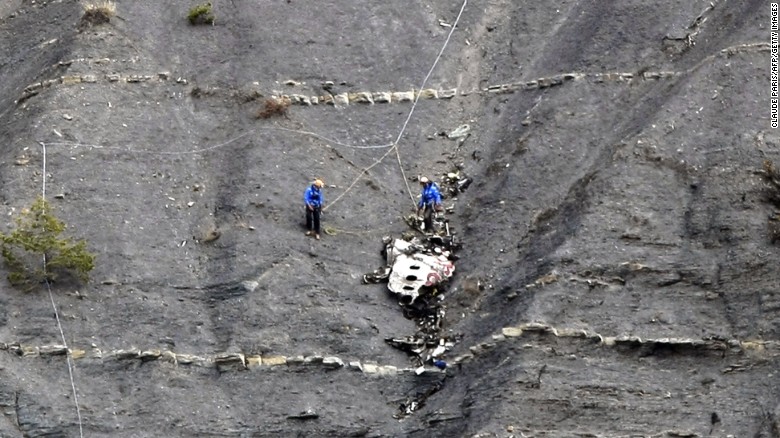
The burnt necklaces, watches, and fragments of clothes: these were all that were left behind by the 72 workers killed in the fire that hit Kentex Manufacturing Corporation in Valenzuela City on May 13.
A week since the tragedy, forensics officials are still working to identify 69 of the bodies retrieved from the gutted factory, which left most of the victims burnt beyond recognition.
Aside from DNA testing, the Philippine National Police (PNP) is also asking families to help identify the personal belongings of their loved ones.
During a public assistance event set up by the Valenzuela city government on Wednesday, May 20, investigators also showed photos of the victims' personal belongings found at the accident site.
One by one, tearful relatives stood up to say the burnt watches, rings, and necklaces in the photos belonged to their friends and family members.
Some of the items were difficult to identify, mostly burnt pieces of cloth and shoes that belonged to the victims.
Others were easier to identify: a portion of a courier delivery ticket; an ID with the name still partly legible; one charred photograph of a smiling child.
Looking for a loved one
Irenea Pohanes, 44, was one of the first to stand up when the photos were shown. She had seen, and quickly recognized, the necklace and watch that belonged to her niece, Jerylyn Calago.
Pohanes started to sob when she saw the photos, prompting city social welfare workers to calm her down.
"Nasaktan ako pagkakita ko ng mga alahas niya. Nakita ko na talaga ngang nasunog ang pamangkin ko," she told reporters. "Hindi ko matanggap."
(I was hurt when I saw the photos of her jewelry. I realized that my niece really did burn to death. I can't accept it.)
The 22-year-old Calago had been working in the footwear factory for two years. Her parents both live in Mindanao, leaving Pohanes as her guardian in Manila.
Pohanes said it was the first time that her niece's death had sunk in. She was not able to identify Calago when her body bag was brought in last week.
Together with other families, Pohanes received P83,300 in monetary aid from the Valenzuela city government and other private groups during the public assistance caravan held at the city hall.
But she said the money does little to ease her family's suffering.
"Kahit may pera, wala nang buhay ang pamangkin namin (Even with the money, nothing brings back the life of my niece)," she said.
Helping the families
On Wednesday, the Valenzuela city government set up a one-stop public assistance event to make it easier for families to process the documents they need to claim compensation from the accident.
"We have decided to set up these help desks so that the families would have an easier time in accessing the concerned government offices, because we understand that many of them do not know when and where to start, especially since they are still mourning the loss of their loved ones," Valenzuela City Mayor Rex Gatchalian said.
Among the participants in the event are the Department of Social Welfare and Development, Department of Labor and Employment, Department of Education, Social Security System, PAGIBIG Fund, Philippine Charity Sweepstakes Office, Public Attorney's Office, and the offices of Valenzuela Representative Sherwin Gatchalian and Alay Buhay party-list Representative Wes Gatchalian.
The city government said it would also provide livelihood and employment assistance to the workers who lost their jobs at the factory.
20 May 2015
http://www.rappler.com/nation/93814-valenzuela-fire-victims-assistance






